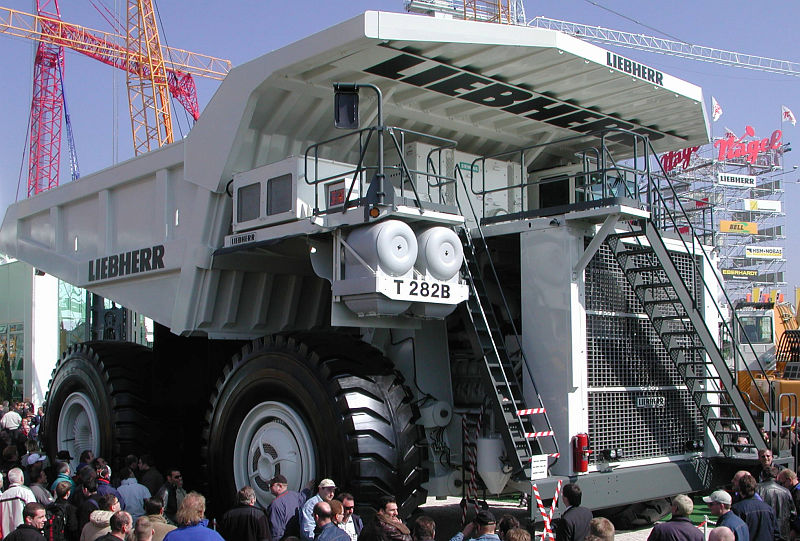When you think about large machines what does come into your mind?
Well as per the Guinness Book of World Records, CERN’s Large Hadron Collider is the largest and most complex machine ever built.
The Large Hadron Collider (LHC) lies in a tunnel 27 kilometers (17 mi) in circumference, as deep as 175 meters (574 ft) beneath the Franco-Swiss border near Geneva, Switzerland. This synchrotron is designed to collide opposing particle beams of either protons at an energy of 7 teraelectronvolts (7 TeV or 1.12 microjoules) per particle, or lead nuclei at an energy of 574 TeV (92.0 µJ) per nucleus. http://en.wikipedia.org/wiki/Large_Hadron_Collider
More information, facts and figures on the LHC can be found in CERN FAQ – LHC the guide http://cdsweb.cern.ch/record/1165534/files/CERN-Brochure-2009-003-Eng.pdf
PLM Challenges: The primary challenge is the complexity of the whole operation – The accelerator complex consisting of close to 100 million assets. The other challenge is quality as tolerances are measured in µm in an installation of several kilometers. Maintenance and operations are other significant challenges.
The PLM puzzle in CERN is solved by a mix and match of several commercial PLM systems. The Equipment Data Management Service (EDMS) provide the organization with the engineering and equipment data management capabilities.
While probably it has not been easy, but this proves that (commercial) PLM systems can be used in a scientific environment too.
The Caterpillar 797?
Or the Liebherr T 282B?
Or the Krupp's Bagger 288?
Or the NASA's Mobile Launcher Platform?
Well as per the Guinness Book of World Records, CERN’s Large Hadron Collider is the largest and most complex machine ever built.
The Large Hadron Collider (LHC) lies in a tunnel 27 kilometers (17 mi) in circumference, as deep as 175 meters (574 ft) beneath the Franco-Swiss border near Geneva, Switzerland. This synchrotron is designed to collide opposing particle beams of either protons at an energy of 7 teraelectronvolts (7 TeV or 1.12 microjoules) per particle, or lead nuclei at an energy of 574 TeV (92.0 µJ) per nucleus. http://en.wikipedia.org/wiki/Large_Hadron_Collider
More information, facts and figures on the LHC can be found in CERN FAQ – LHC the guide http://cdsweb.cern.ch/record/1165534/files/CERN-Brochure-2009-003-Eng.pdf
PLM Challenges: The primary challenge is the complexity of the whole operation – The accelerator complex consisting of close to 100 million assets. The other challenge is quality as tolerances are measured in µm in an installation of several kilometers. Maintenance and operations are other significant challenges.
The PLM puzzle in CERN is solved by a mix and match of several commercial PLM systems. The Equipment Data Management Service (EDMS) provide the organization with the engineering and equipment data management capabilities.
While probably it has not been easy, but this proves that (commercial) PLM systems can be used in a scientific environment too.





